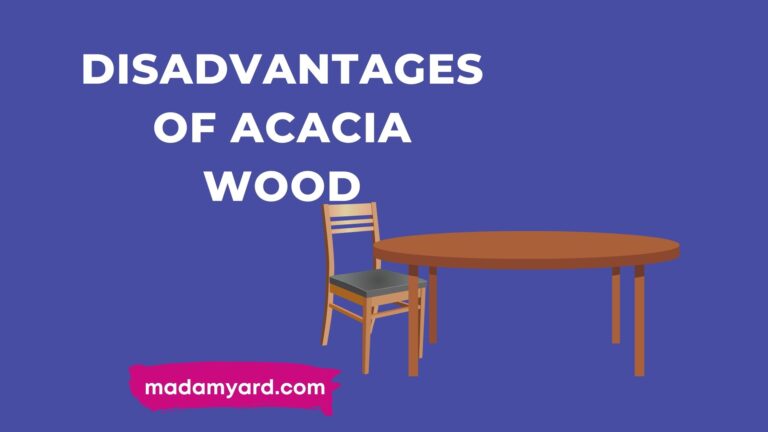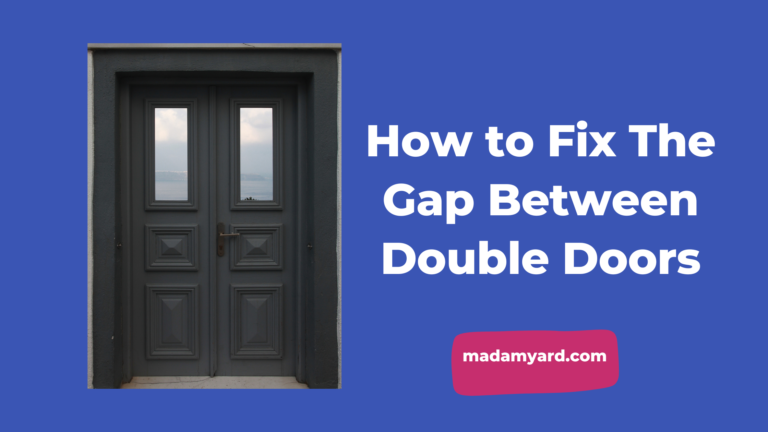How to Weigh Down Patio Umbrella?
When the weather starts to windy, many people begin to think about ways to keep their patio and decking looking great. One way to do this is by weighing down your patio umbrella. This will keep it from blowing away in the wind and help protect your furniture. There are a few different ways to do this, so read on for information on how to weigh down your patio umbrella.

How To Weigh Down Patio Umbrella?
To put weights for outdoor umbrella, one or more of the following ways may be used:-
1. Choose the appropriate diameter pole for your umbrella
The diameter of your patio umbrella pole is an essential factor to verify since it affects the stability of your umbrella. Every umbrella has a different diameter pole.
Check this before looking for a base; you don’t want to come home with what you thought was the perfect foundation only to discover that your umbrella won’t fit.
You want your umbrella pole diameter and base (opening) diameter to be as near as feasible while providing the best umbrella stability. The majority of patio umbrellas have pole diameters of at least 1.5” and some as large as 2.5”.
If you pick an umbrella with a 1.5” pole diameter, the base diameter should be at least 1.5” and no larger than 1.75”.
2. Choose the appropriate umbrella base
When selecting the correct weighted base for your patio umbrella, the most crucial consideration is the amount of weight required. If your umbrella’s base is not hefty enough, it will flap and fly in the gusts.
Smaller table umbrellas require a 20-pound base. Only 6′ table umbrellas will fit. For 6.5′ table umbrellas, a 30-pound base is used.
For free-standing umbrellas up to 4.5 feet, a 40-pound base is required. It can support table umbrellas up to 7.5 feet in length.
50-pound bases can hold up to 7.5-foot free-standing outdoor umbrellas. It can also accommodate table umbrellas up to 9 feet in length.
70+ pound bases can support most free-standing umbrellas up to 11 feet tall. A business cantilever outdoor umbrella is a good option if you reside in a windy environment.
3. Use umbrella weights
If you want your umbrella to be weighed down, you’ll need to add weight to umbrella base to support both the umbrella and any forces acting on it.
Consider the typical circumstances of your patio; two to three times the weight of your umbrella is excellent for a base. However, if the wind is strong, you may want extra resistance.
Using a supplementary weight bag or a cantilever umbrella base may suit you.
Supplementary Weight Bags
To add weight to a big format umbrella, use an extra weight bag with the umbrella base. These pieces typically sit on top of the umbrella base and may add up to 100 lbs of weight!
It’s available in several forms and sizes. A weighted bag is a helpful solution if you currently have a too-small base for your requirements. You simply have to keep in mind that if you’re not careful, they can be punctured, and if they are, you’ll have a big mess to clean up!
Cantilever Umbrella Weights
Many cantilever umbrella base weights are compatible with market umbrellas. They may provide up to 125 pounds of weight for an umbrella.
These weights are occasionally more expensive than typical patio umbrella bases. Still, they are pretty helpful and will work with most patio umbrellas.
Cantilever umbrella bases are available in some styles, including four-piece clover-like systems, water-based weights, and weights that serve as planters.
4. Use a table with an umbrella
If you intend to use your umbrella with a table, you should take measurements of where the base will be to fit correctly. Of course, the hole in the table should be a suitable diameter for your umbrella.
You may choose a lighter foundation because the table will provide some resistance. A thicker base means less pressure on your table and a lower risk of your table being flipped by your umbrella.
Remember that your feet will be going beneath the table; you don’t want to crush your foot against the base.
5. Choose a ventilated umbrella
The fabric of an umbrella often collects too much wind and causes it to collapse. You may avoid this by purchasing an umbrella with vents in the material.
These vents allow the air to pass through while keeping the rain and sunshine out. Of course, if you live in a high-wind environment, the vents will only assist so much. Still, it’s something to think about the next time you’re looking for a new patio umbrella.
6. Close the umbrella while it is not in use
It may not have occurred to you, but shutting your umbrella between usage reduces its vulnerability to wind.
Instead of being a parachute waiting for the next gust of wind to whisk it away, your umbrella becomes a robust pole.
It’s even better to find an umbrella with a hook-and-loop style closure. The strap will keep the umbrella secure while not in use.
7. Improved aerodynamics by the umbrella material
The canopy’s physical design may not appear significantly different in most circumstances. Still, the materials utilized in its construction can make a significant impact.
The material’s strength and bending qualities and its ability to withstand the forces applied can impact its aerodynamics. The better your umbrella can withstand the stress, the more the ribs can keep their structure or recover after being distorted (bent).
Conclusion
Using patio umbrellas to provide shade and comfort to outdoor living spaces is a great way to improve the usability and enjoyment of those spaces.
However, it is essential to properly weigh down the patio umbrella to ensure stability and safety. By following the tips provided in this article, you can be sure that your patio umbrella will provide hours of shade and relaxation.







